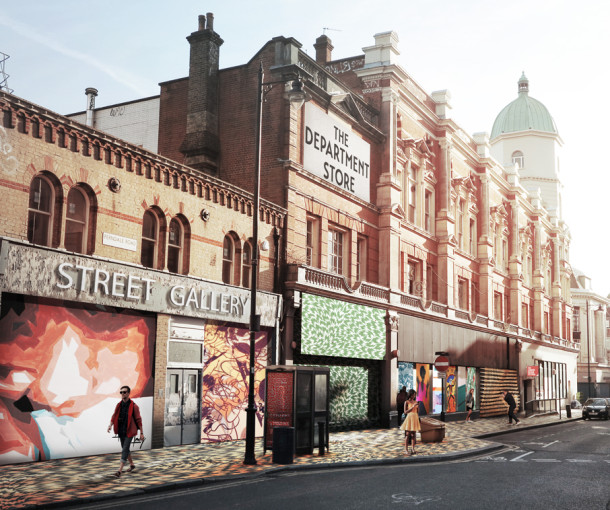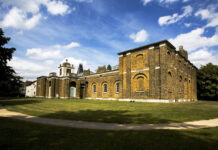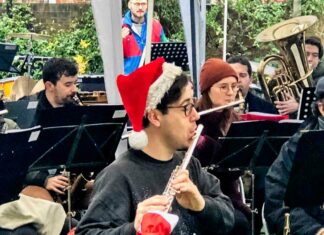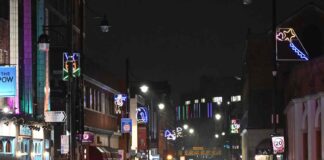
Following the success of Brixton Design Week in 2014, local artists, designers and creative businesses are back with Brixton Design Trail from 19-27 September 2015, part of the London Design Festival.
The Design Trail will showcase the wealth of home-grown design talent the area has to offer. A series of free events and installations will be held in key locations including Brixton’s High Street, Reliance Arcade, Pop Brixton and the Black Cultural Archives.
 Although the full details of all the events and artists taking part are still to be confirmed, the organisers have already announced an outdoor exhibition of ten jumbo canvases on the walls of the former Bon Marche (pictured above), the transformation of the BCA’s courtyard by local designers into a Georgian pleasure garden using their current The Black Georgians exhibitions for inspiration, and a series of design events at Pop Brixton and Reliance Arcade.
Although the full details of all the events and artists taking part are still to be confirmed, the organisers have already announced an outdoor exhibition of ten jumbo canvases on the walls of the former Bon Marche (pictured above), the transformation of the BCA’s courtyard by local designers into a Georgian pleasure garden using their current The Black Georgians exhibitions for inspiration, and a series of design events at Pop Brixton and Reliance Arcade.
Find out more about the programme here – full details will be announced at the beginning of September.


















[…] new temporary street gallery is now installed and ready to be enjoyed, as part of the first Brixton Design Trail. The gallery celebrates local artists and brings their work to a huge audience. The huge canvases […]
@ Richard This build is connected via an underground tunnel to the Bon Marche and was comissioned by James ‘Roseberry’ Smith
Correct there were two tunnels from the Bon Marche store opposite to this building which is on the opposite of Ferndale Road. I was referring to the building on the left in this picture, the smaller building with the Street Gallery sign. This is a different structure to the larger building and is not as ornate. This was the old fire station and has no tunnels. This building predates the Bon Marche build and its tunnels of the turn of the last century as the picture in the link shows.
http://www.urban75.org/brixton/history/ferndale1.html
The building on the left in the picture is not part of the Bon Marche building. This was the old fire station that used to serve Brixton and beyond around the late 1880’s / early 1900’s